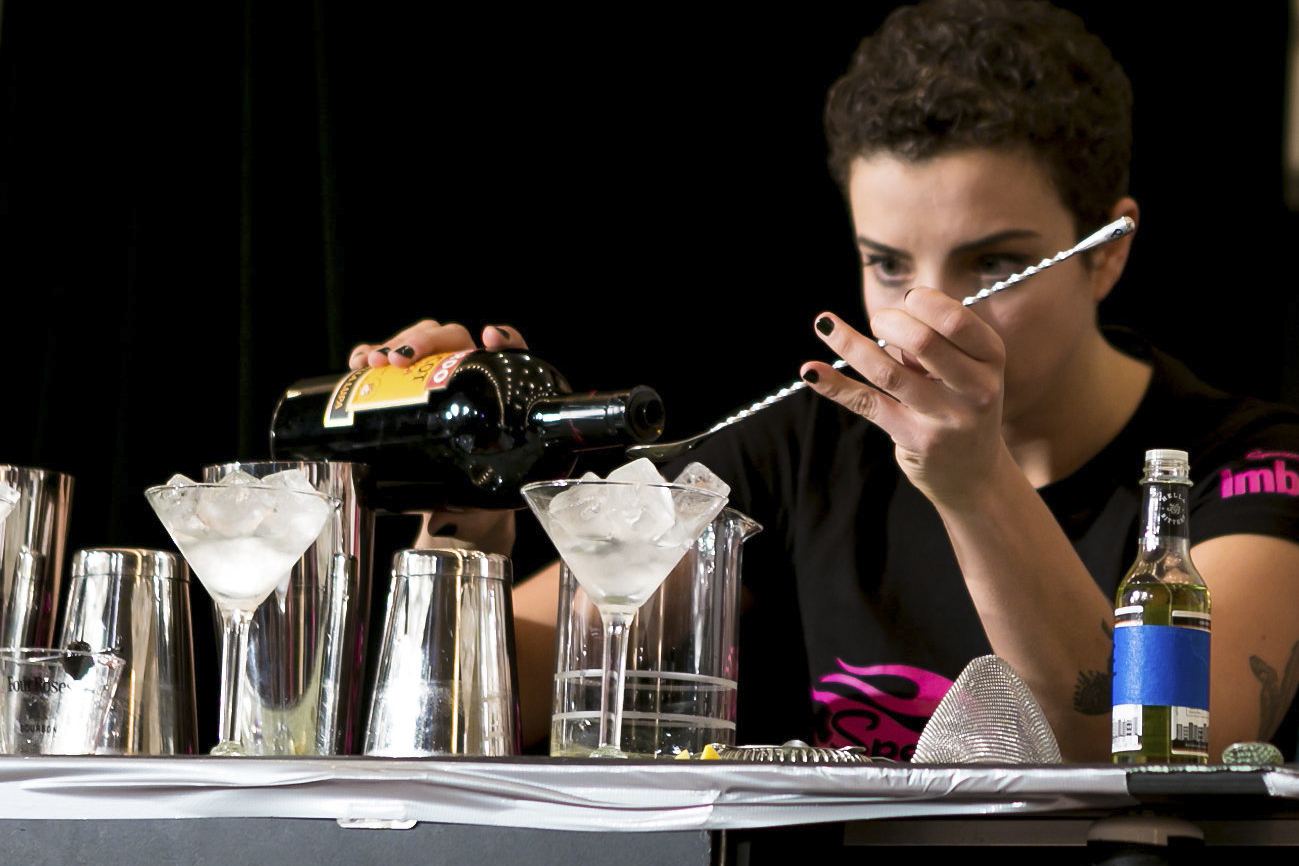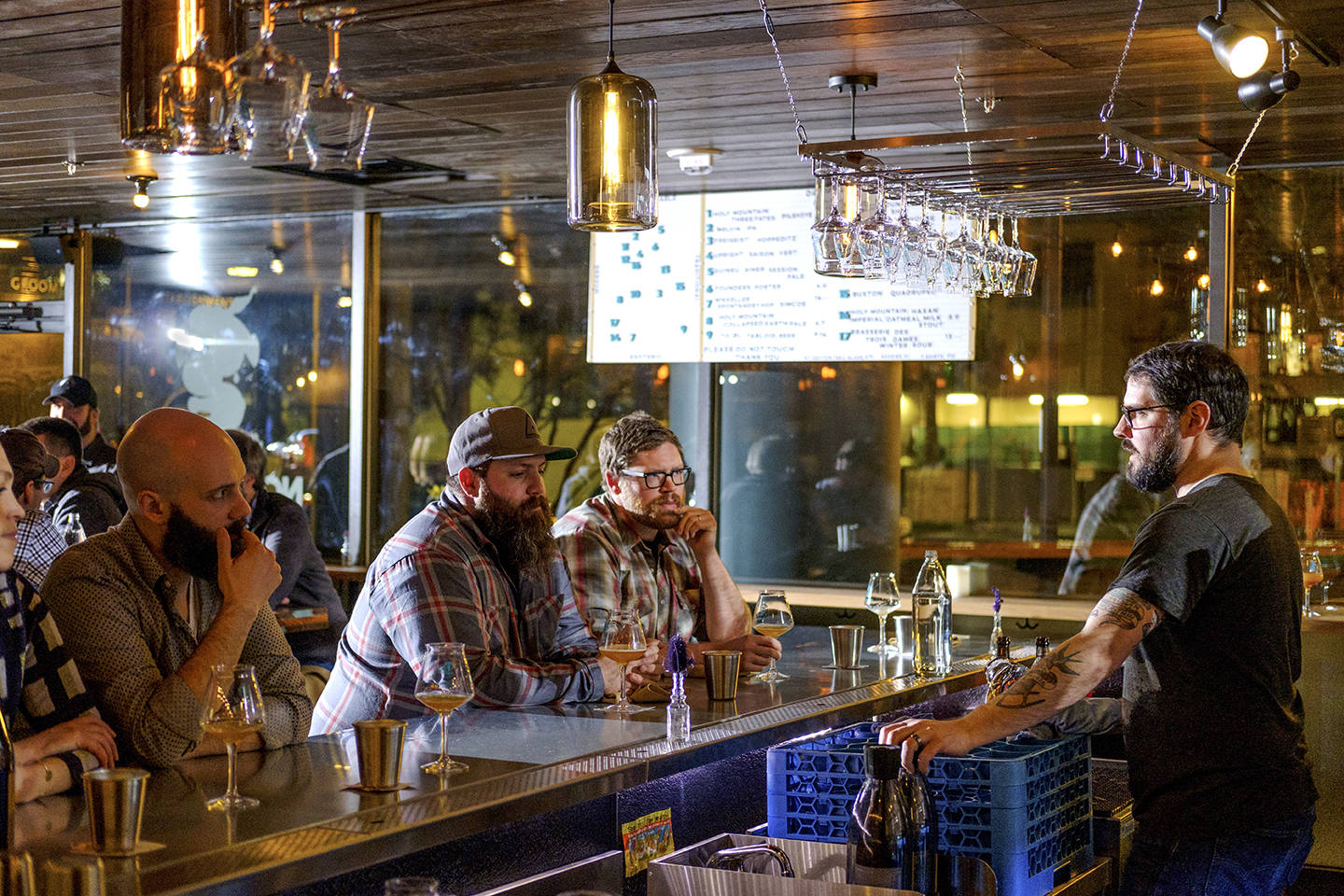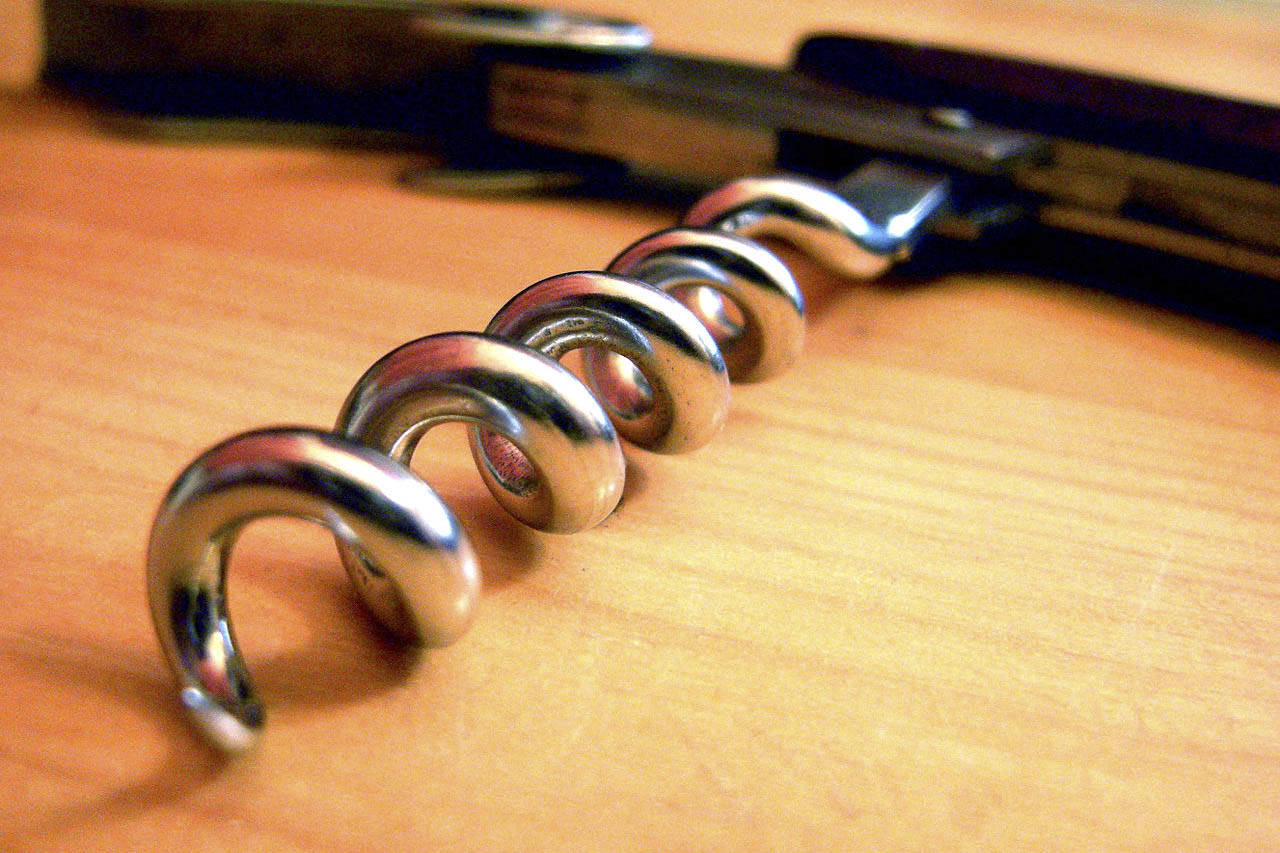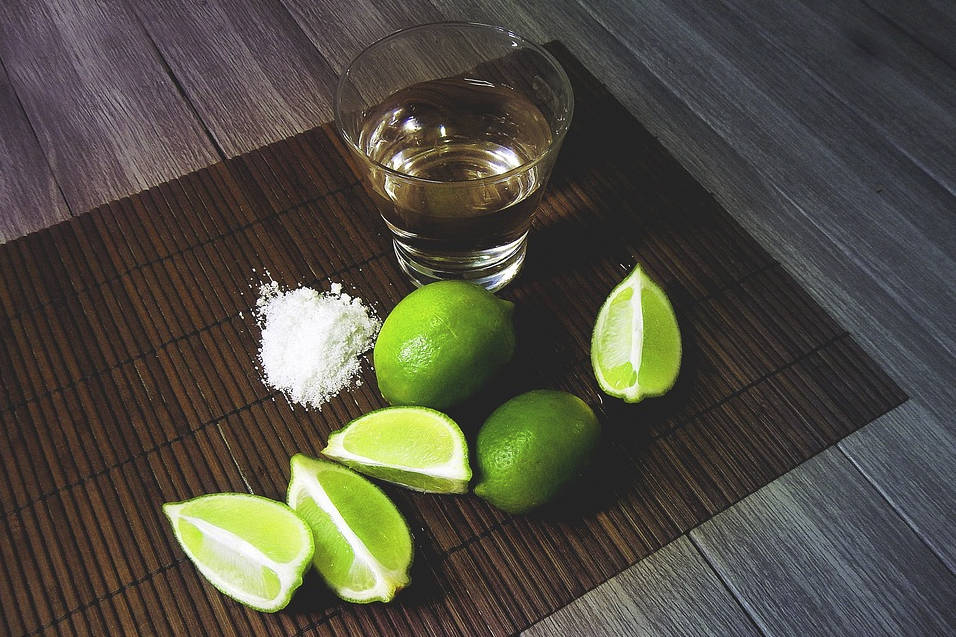As longtime readers of this column will no doubt remember, I’ve written about Speed Rack before. Now in its sixth year, the all-female bartending competition has been notable mostly for its intense action, the money it raises for charity, and the fun of it all. Yet I found myself thinking about what it could tell us about the current state of cocktail culture, and how we know what a good drink is anymore, because that is, in the end, what’s being judged.
One major change in Speed Rack judging that I’ve noticed is that far more attention is being paid to contestant poise and presentation. Earlier competitions seemed to be more a frenzied challenge to see how quickly someone could put a set of ingredients in a glass, without much consideration for accuracy or appearance. While penalties were applied, they were rarely harsh enough to counteract the benefits of rushing, and while throwing ice and making a mess might play to a crowd, it hardly helped make better drinks.
So I wasn’t surprised to hear a theme echoed by founders Ivy Mix and Lynnette Marrero, as well as judge Paul Clarke: The focus now is much more on challenging, and even training, contestants to be better bartenders. You could see that in action: Whereas in past years the one or two calm and collected competitors were the outliers, that seems to have become the default setting.
That’s a welcome sight, because by far the most underappreciated skill of a good bartender is the ability to make things look effortless right when the crush of the night sets in. An encyclopedic knowledge of classic cocktail recipes or even a fantastic sense of taste can certainly help, but often what’s in short supply in the industry is a person who can put their head down and crank out 20 good drinks in five or 10 minutes to get the bar out of the weeds. That’s the skill Speed Rack seems to be emphasizing these days, all for the better. I asked each arbiter what their default drink for judging an unfamiliar bartender would be, and all three said the daiquiri. Perhaps that was a coordinated effort, but something about that cocktail definitely works as a barometer. It has just three ingredients, yet plays with several balancing factors: sweet versus sour, boozy versus restrained, and even the dilemma of whether or not to ask a guest to select a specific rum.
I’d take a similar tack, though I prefer to ask for a Manhattan or martini. After all, my goal isn’t to test someone’s memory (or Google-fu, in reality), but to see if they ask the right questions, listen, and use reasonable technique. If they shake my Manhattan or don’t even ask whether I’d prefer gin or vodka in my martini, we’re in a bad place … but fortunately, as with Speed Rack, the quality of bartending does seem to be going up each year, which is something we can all celebrate.
barcode@seattleweekly.com








